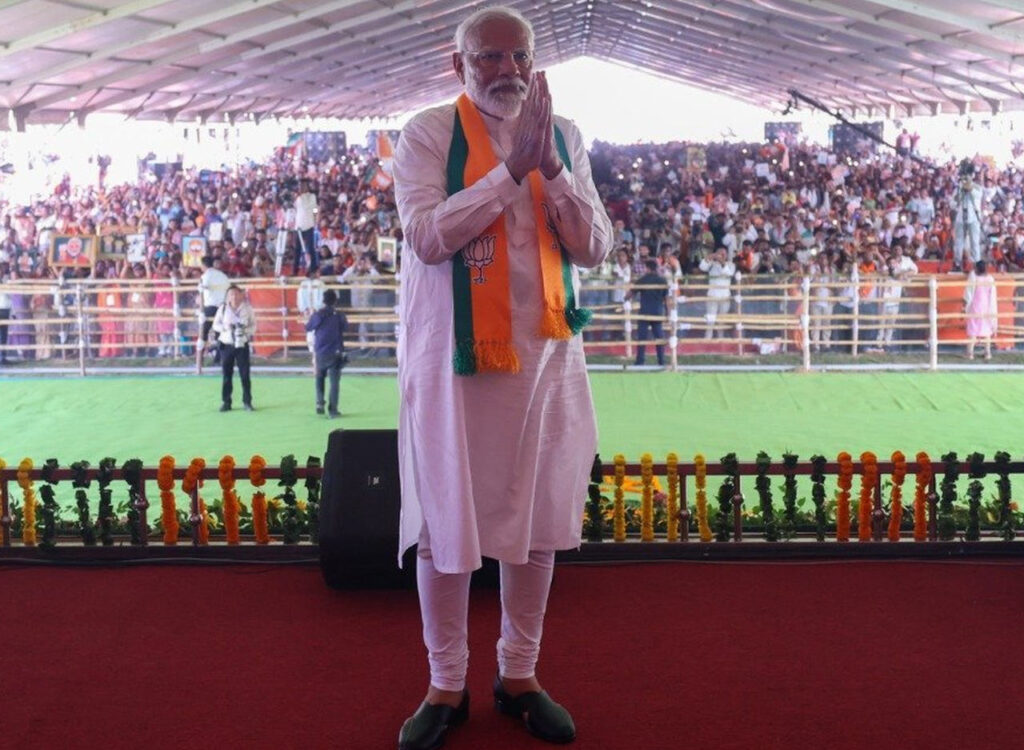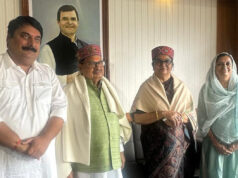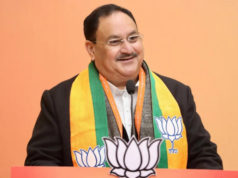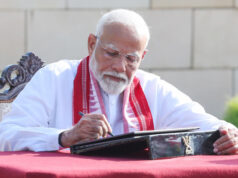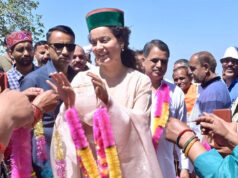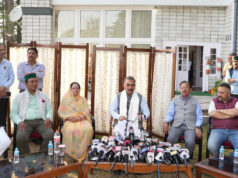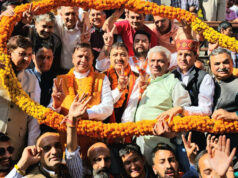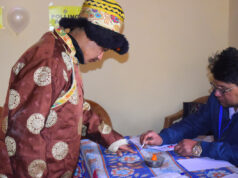BJP’s Reduced Majority Highlights Shifting Political Landscape in India; INDI Alliance Surges in Hindi Heartland, BJP Faces Setbacks in Strongholds; Opposition’s UNITED Front Makes Major Inroads in Key States
New Delhi — The 2024 Lok Sabha elections have delivered a nuanced verdict, with Prime Minister Narendra Modi’s BJP-led National Democratic Alliance (NDA) set to form the government for a third consecutive term. Despite this milestone, the NDA’s performance marks a significant departure from previous elections, showcasing a reduced majority and an increasingly competitive political landscape.
The BJP, while still the largest party in the Lok Sabha, has seen its majority wane, securing 240 seats—falling short of the 272-seat majority mark and the 303 seats it won in 2019. This reduction reflects a broader shift in voter sentiment and highlights the dynamic nature of India’s democracy. The narrowing majority underscores the changing political currents and the growing strength of regional and opposition parties. The NDA had secured 291 seats.
The INDIA alliance, a coalition of several opposition parties, has emerged as a formidable force, securing 234 seats. The alliance, which includes the Samajwadi Party, has made substantial gains in the Hindi heartland states of Uttar Pradesh, while Congress has done well in Haryana, Punjab, Rajasthan and Jharkhand. These regions, traditionally BJP strongholds, have witnessed a significant swing towards the opposition, signalling a desire for change among a significant portion of the electorate.
The BJP’s electoral journey in this election has been marked by notable setbacks in its strongholds. In Uttar Pradesh, the Samajwadi Party led the charge, while Rajasthan and Haryana also saw diminished support for the BJP. Conversely, the BJP made impressive gains in states like Odisha, Telangana, and Kerala, indicating a complex electoral map with varied regional performances.
Under the banner of the INDI alliance, the opposition’s UNITED front has strategically capitalized on anti-incumbency sentiments and regional issues. Their success in key states is a testament to effective coalition-building and campaign strategies. The alliance’s ability to secure approximately 234 seats demonstrates its growing influence and the electorate’s shifting priorities.
Despite the reduced majority, the BJP-led NDA is poised to form the government, with Narendra Modi likely to take the oath of office for his third term on June 8, 2024. This historic third term for Modi reflects his enduring appeal and the BJP’s continued, albeit challenged, dominance in Indian politics.
The 2024 Lok Sabha election results reflect India’s vibrant and evolving political landscape. While the BJP retains power, the significant gains by the INDI alliance highlight an electorate keen on diverse representation and accountability. The next parliamentary tenure promises to be engaging, with robust debates and a strengthened opposition playing a critical role in shaping India’s future.


